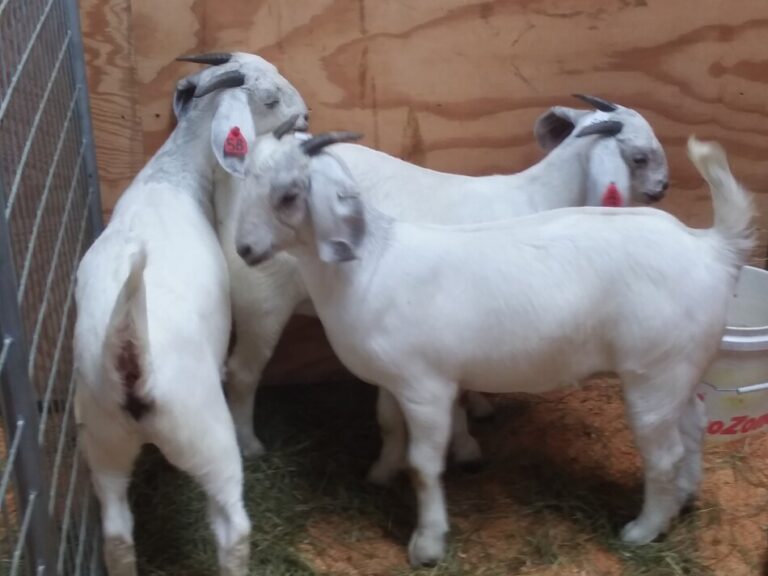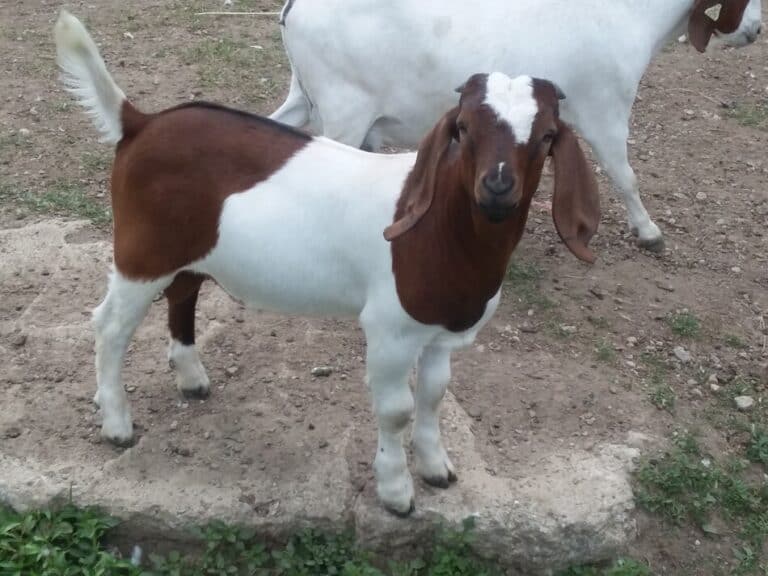Are Meat Goats A Profitable Small Farm Business?
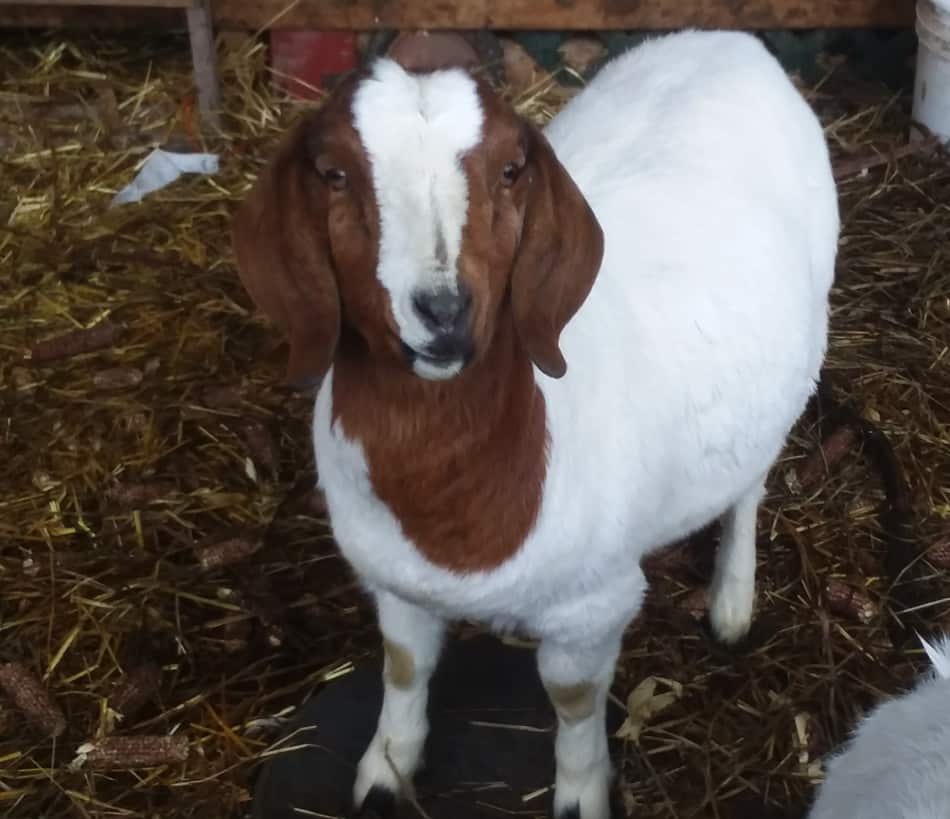
Wondering about raising meat goats as a small farm business? We are, too! We have one Boer nanny (and her kids) and are seriously considering adding to the “herd”.
What about the economics of meat goats? Are they a profitable small farm business?
Meat goats are a profitable farm business as long as the goats are healthy and the feed costs are kept within budget.
As with anything else, the profitability of an animal enterprise depends more on the management than any other aspect.
We are looking to add another income producer to the farm.
Will goats be profitable for you? I’m sure you are looking/hoping for a short yes or no. Sorry, that would be dishonest and misleading on my part.
I don’t know you, your area, or your situation. The only thing I can tell you is what you will need to figure out to get started before you get your own goats.
This means running some numbers and seeing if goats are likely to work out for us.
While, it’s true, planning on paper is not necessarily what happens in reality, we need to get the main ideas straight in our minds before we can determine if a new opportunity is likely to work, or not.
A budget is the best way to figure this out.
Let’s look into the basics to see if raising meat goats may work for you, your situation and your farm.

What breed of meat goat is the most profitable?
It is understandable to ask this question, but really the most profitable meat goat is not a specific breed, it is a doe that raises babies for you to sell.
Whatever breed she is does not matter as much as the fact that you have kids to sell at weaning time. A beautiful doe that does not raise kids is not worth much at all.
If you are really interested in breed comparisons, Oklahoma State University has a great video series that shows the different breeds and a chart made by the University of Tennessee that shows direct breed comparisons including crosses.
OSU also has an informative online meat goat manual that I read and enjoyed.
When U of T did their comparisons they had separate herds, Boer, Kiko, and Spanish I believe and the best producer measured by weaning the most pounds of kids per doe is a Kiko doe bred to a Boer Buck.
A goat farmer success story: the Turner family from Virginia
Renard Turner of Vanguard Ranch Meat Goats, a farmer from Virginia, is currently using a Myotonic/Tennesse Meat Goat buck.
These goats used to be called the Tennessee Fainting Goat. The purpose of the name change is to differentiate between the pet type and the meat type.
Vanguard Ranch does are not purebred, they are all low maintenance easy keepers, more along the lines of Kiko and Spanish goats.
He uses a Myotonic buck because it will put an extra 6-10 % more meat on the market kid, compared to any other breed of buck and no matter what the breed of the doe.
This was amazing news to me, especially since in my area (Ohio), myotonic goats are small pet type goats, definitely not meat producers.
These meat type Myotonic goats look like super meat sires!
The Turners use all of the goat meat they produce from their farm as a value added product, goat burgers!
They sell the burgers at gatherings and festivals, straight out of their own food truck.
Selling their own burgers eliminates the middleman, and the profit that middleman would take, so the Turners keep all of the money the retail customer pays for their popular product.
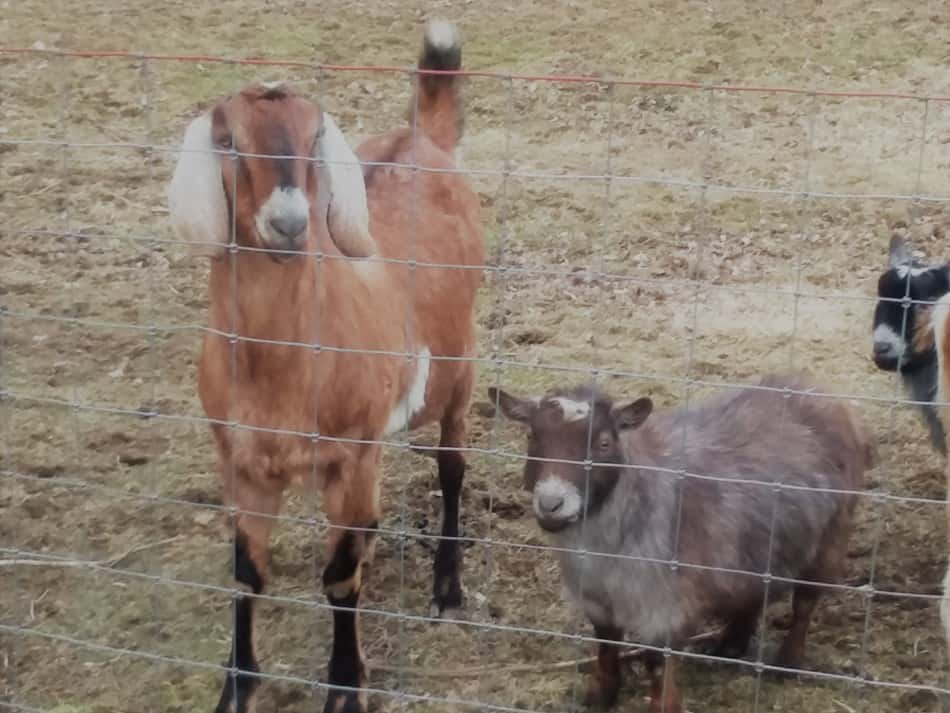
How many goats can you have per acre?
We’ll go to OSU (Oklahoma) on this one as well.
According to the OSU meat goat boot camp videos, whatever land will support 1 cow will support 4 goats.
How do you figure this out? Look around your area, contact a local producer, or look it up online.
This is another case of your area matters. Forage growth varies hugely across the nation, so you are on your own here.
Numbers for my area are only good for my area. Do some research to get a good idea of what you have to work with.
The number you need could also be listed as how much hay is produced per acre.
If that’s the case take the hay per head per day for your goats and multiply it by the days in the year or for that pasture and you will get the total hay that goat needs for the year.
How many acres or portions of an acre are needed to reach that total?
Goat farmers make their money by selling market kids
Selling market kids is the main income producer for a meat goat farm.
Some farms will have extra does or doelings for sale when they have a very successful year and have the main herd up to the number of head needed for the land.
As with all operations, there will also be culls.
These are animals that are no longer profitable to keep in the herd.
Usually this is due to age, more parasite problems than the rest of the herd, or just lagging performance.
Culls will bring in some money but the main money is always market kids.
Regional opportunities with goats
Some areas of the U.S. goat farmers are paid by the state and local governments to use the goats to control vegetation, in power line right of ways, along roads and in hard to control spots in town, like a place with steep ditches/terrain.
Grazing animals, not just goats, are being used to keep grasses and shrubs eaten down in wildfire prone areas.
The herds eat the dry grasses and other plants that would otherwise be fuel that would help a wildfire spread.
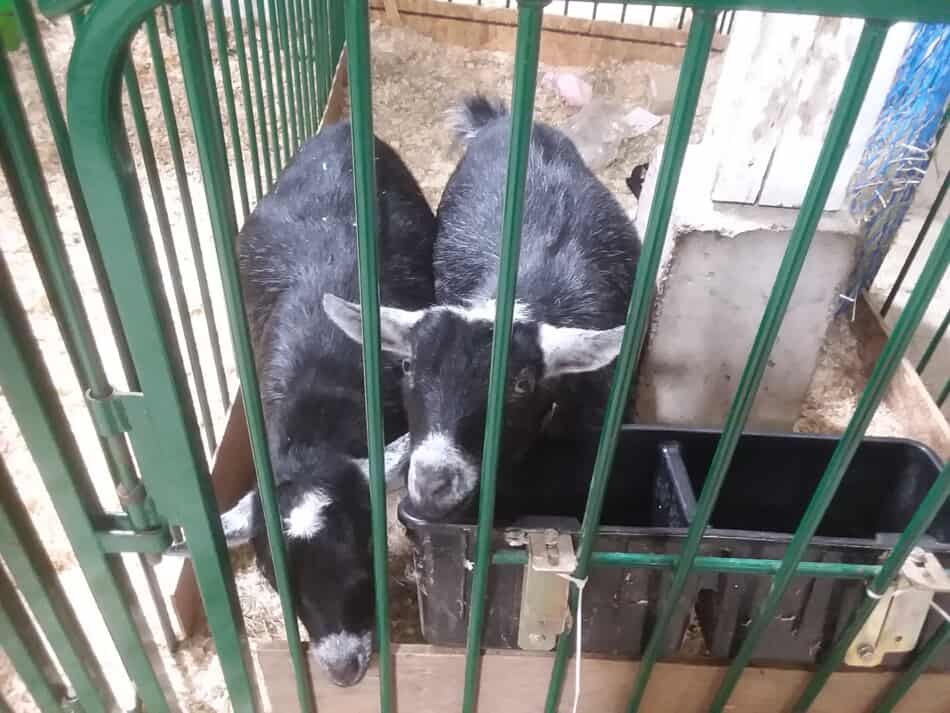
How much do goats sell for?
Since this article is about the farmer making money, we will figure how much the market kids sell for, not the breeding stock (the parents).
The costs of getting started with a goat herd are listed out in my article Thinking of Getting Into Meat Goats.
Market kids will sell at around 60 pounds. Around us, goats all sell by the head vs. sheep that sell by the pound.
It is more common for the goats to be sold by the pound in the U.S.
Prices vary throughout the year but a good guess is $2.00 per pound live weight.
At a selling price of $2.00/pound, a 60 pound goat kid would pay you $120 (minus trucking to and commissions at the auction).
As I mentioned, our area does things a little differently regarding goat prices.
I have seen good looking spunky goat kids sell for $150-200 each lately. These would be mostly Boer and Boer cross genetics.
The dairy type kids sell well too, but generally for less money per head than a meatier type market goat.
Another point to consider is that some markets like a bigger goat. Dairy wethers (castrated males) are selling well when they reach more around the 100 pound size.
True, that means keeping them around longer, but if it will pay for your area, it is worth considering.
Goat prices vary throughout the year
If you are looking to buy goats, or are researching current prices to see if raising goats may be right for you, be aware that there are huge differences in the prices paid for goats.
The prices depending upon the season of the year, the individual goat, and if any festivals that traditionally serve goat are coming up shortly.
Look at the trend of the prices over the past few years to see if you are looking at a seasonal high or low, a spike in price due to high demand, or just the normal price for your area.
You want to make your budget using normal numbers for your area and the type of goats you will be selling.
An example of an unusually high goat price
I went to the goat sale just to see the animal that went with the price, since the market report is just a range of numbers, not pictures.
For that particular sale the prices were very high, $100+ more than the previous week’s prices for each goat!
Wow! Turns out, there was a holiday coming up that weekend that traditionally includes goat meat. Mystery solved.
This was a great auction for anyone selling goats, for sure! But a misleading number to use as the basis of your goat budget!
Summary
Yes, goats are profitable as a small farm business. For your specific area, you will have to figure the costs and returns to see how profitable.
Be aware that, for our area, the price of getting into goats and the selling price of market kids means the business will just break even the first year.
By year two, your goats should be making money.
